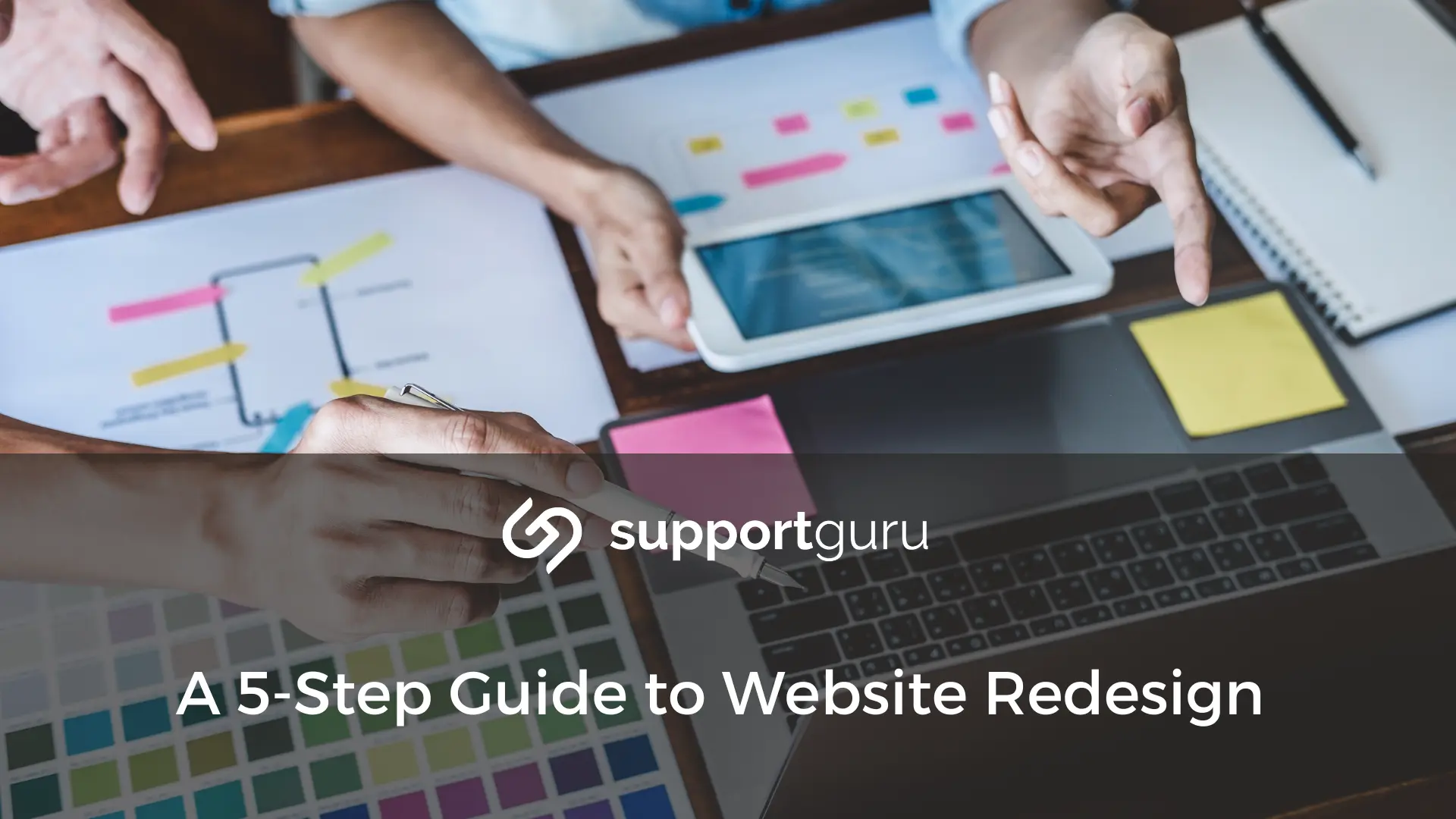Does your website feel outdated, clunky, or simply fail to capture your brand's essence?
If so, a website redesign might be the perfect solution. A well-executed redesign enhances user experience and ultimately drives better results.
A website redesign presents an opportunity to optimize your website for search engines, improving your ranking on Search Engine Results Pages (SERPs).
By incorporating relevant keywords strategically, optimizing page titles and meta descriptions, and ensuring your website's code is clean and search engine friendly, you can attract more qualified traffic to your website and achieve your business objectives.
1. Define Your Goals
Before diving headfirst into your redesign project, take a step back and clearly define your goals. What do you hope to achieve with your new website? Are you aiming to:
Increase Brand Awareness: Does your website accurately represent your brand identity and values?
A redesign can help establish brand recognition and create a lasting impression as visitors.
Improve Lead Generation: Is your website capturing leads effectively?
A well-designed website with clear calls to action can convert visitors into potential customers.
Enhance User Experience (UX): Does your website offer a smooth and intuitive user experience?
Prioritizing UX ensures visitors can easily find the information they need and complete desired actions.
Boost Online Sales: Is your website optimized for online conversions?
A strategic redesign can streamline the buying process and encourage visitors to make a purchase.
Defining clear and measurable goals from the outset keeps your website redesign project focused and allows you to track progress and measure success after launch.
2. Research Your Target Audience
It's best to define your demographics and figure out the age range, gender, location, income level, and other relevant demographic data of your ideal customer.
This information helps tailor your website's content, design elements, and overall tone to resonate with their specific needs and preferences.
Explore how your target audience interacts with websites. What devices do they use most frequently? What websites do they visit? How do they typically find information online?
Understanding these online behaviors allows you to optimize your website for their browsing habits and ensures a seamless user experience.
What are your target audience's pain points and aspirations? What information are they seeking from your website? What problems can you solve for them? By pinpointing their needs and expectations, you can craft targeted content and functionalities that address their specific challenges and provide real value.
3. Analyze Your Current Website's Performance
Conduct a thorough analysis of your current website's performance to identify areas for improvement and opportunities to optimize the user experience.
Use analytics tools to gather valuable data such as:
Website traffic: Track the total number of visitors your website receives, along with referral sources and traffic patterns.
User engagement: Analyze metrics like average session duration, bounce rate, and page views to gauge user engagement. High bounce rates or low session durations indicate relevance or website navigation.
Conversion rates: Track how many visitors complete desired actions on your website, such as making a purchase, subscribing to a new newsletter, or downloading a white paper. Conversion rate optimization (CRO) is an ongoing process, but website redesign presents an ideal opportunity to identify and address conversion roadblocks.
4. Competitive Analysis: A Data-Driven Approach
Analyzing your competitor's websites is a crucial step in the website redesign process. By examining their online presence, you can gain valuable insights into current industry best practices, understand what resonates with your target audience, and identify opportunities to differentiate your brand.
Identify Key Competitors: Create a shortlist of 5-7 businesses that directly compete with you for market share. Look for companies offering similar products or services and targeting the same audience.
Website Evaluation: Thoroughly examine your competitor's websites. Analyze design elements, including color palettes, layouts, and overall visual style. Scrutinize their navigation structure, content organization, and calls to action.
Content Audit: Review the content on your competitor's websites. What topics do they cover? Are there gaps in their content strategy that you can exploit by offering more in-depth information or a unique perspective?
Functionality Assessment: Explore the functionalities offered by your competitor's websites. Do they provide features you lack? Are there functionalities you can improve or offer in a more user-friendly format?
User Experience (UX) Testing: Take a user-centric approach. Evaluate how easy it is to navigate your competitor's websites. Can users find the information they need quickly and efficiently? Identify areas where their user experience excels or falls short.
Competitive analysis is not about copying, but about learning. By gathering data-driven insights into your competitor's strengths and weaknesses, you can leverage their successes for your benefit and identify opportunities to carve out a distinct position within the market.
5. Inspiration for Website Design
The internet offers a vast resource pool for web design inspiration.
Stay at the forefront of web design by researching current trends. Popular design platforms like Envato showcase cutting-edge website designs that can inspire your own project.
Websites recognized by prestigious design awards like The FWA or CSS Design Awards represent the pinnacle of innovation and excellence. Explore these galleries to understand what truly exceptional web design entails.
Analyze how successful businesses in your niche present themselves online. This can provide valuable insights into effective design approaches within your target market.
Develop a digital mood board - a visual collection that captures the essence of your desired website aesthetic. Include specific colors, fonts, imagery, and design elements that resonate with your brand identity and target audience. Tools like Pinterest or Milanote can be great for creating mood boards online.
Support Guru and Web Design
Support Guru offers comprehensive website support and maintenance services to ensure your website is always up-to-date, secure, and performing at its best.
Our team of experts is dedicated to providing proactive support and timely solutions ot keep your website running smoothly.
